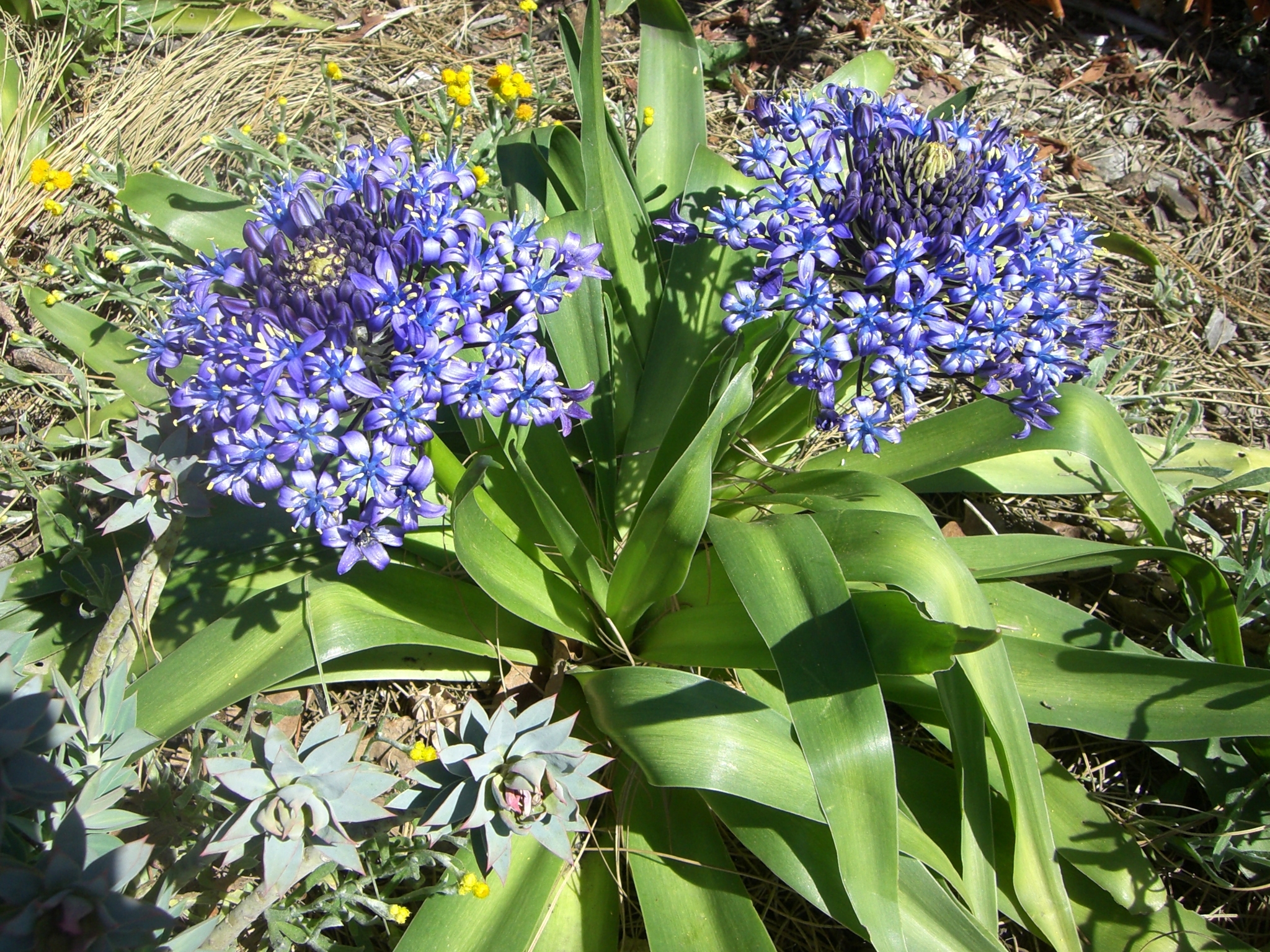
Herbs to shrubs, or scrambling to twining vines, with rhizomes, corms or bulbs, prickly or smooth stems that persist or wither annually, or stems reduced. Leaves alternate and spiral, rarely distichous or verticillate, usually flat, simple, entire, often reduced and scale-like with a spiny basal spur, or with cladodes; stipules absent. Inflorescence determinate; flowers in spikes, thyrses, umbells or sometimes reduced to a single flower, axillary, bisexual or unisexual (plants monoecious or dioecious), regular. Tepals 6, in two whorls of 3, scarious or membranous, outer and inner whorls similar or differentiated into sepals and petals, or the two whorls similar and fused free or basally fused, petaloid. Stamens (3–)6 (represented by staminoides in female flowers), sometimes united into a column; filaments free or basally attached to the tepals; anthers basifixed, 2-locular, introrse, dehiscing by longitudinal slits or apical pores, free or basally fused. Carpels 3, fused; ovary superior or inferior, (1–)3-locular, with axile placentation, ovules 1–12 per locule; style 1(–3). Fruit a berry or capsule, with several seeds. Seeds flattened, angular to globose, testa black (with phytomelan), smooth or variously ornamented.
Asparagaceae has recently been dramatically redefined, and is now treated in a much broader sense to include Agavaceae, Anemarrhenaceae, Anthericaceae, Convallariaceae, Dracaenaceae, Hostaceae, Hyacinthaceae, Laxmanniaceae, Ruscaceae, and Themidaceae. Asparagaceae is defined by a molecular phylogeny, with no diagnostic morphological features that may characterise this large and heterogeneous family. This treatment follows Stevens, P.F. (2018, Angiosperm Phylogeny Website).
Numerous species cultivated as ornamentals, with one species (Asparagus officinalis) a major edible crop plant. Some species of Agave and Yucca are commercially grown or harvested from the wild for fibres (e.g. sisal) in the leaves. Several species of Agave are cultivated in Mexico for the production of tequila and pulque while others are used for the production of soap. The roots and stems of some genera are eaten, and Cordyline and Lomandra leaves are used for fibre. The rootstocks of some genera are highly poisonous and sometimes used medicinally (e.g. Convallaria).
About 150 genera and over 2500 species, cosmopolitan; 29 genera and c. 226 (44 naturalised) species in Australia.
Judd et al (2016); Mabberley (2017); Stevens (2018).
Source: (2005). Asparagaceae. In: . Horticultural Flora of South-eastern Australia. Volume 5. Flowering plants. Monocotyledons. The identification of garden and cultivated plants. University of New South Wales Press.
Updated by: Val Stajsic, April 2018
